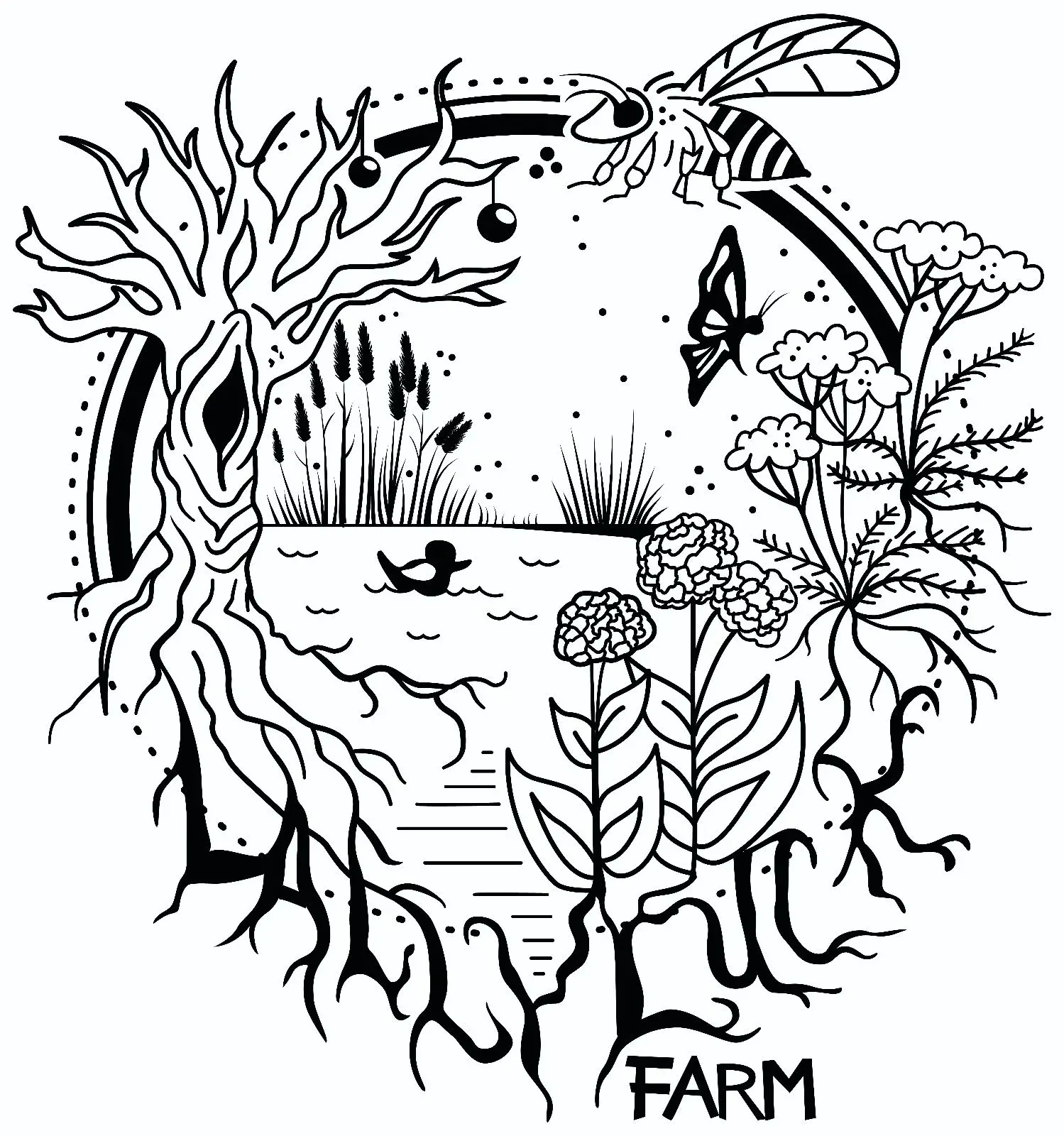We have a household of two and I just started a 43 gallon capacity rotating composting bin. Our weekly egg consumption is high and there’s an additional load of volunteering (baking) where I have to dispose of 2-3 dozen egg shells at a time.
What’s the maximum number of shells I can expect to toss in the compost each week? Any ideas on how to dispose of the rest without going right to the trash? We only have recycling and yard debris pickup, no city compost options. Thanks in advance!

I suspect it’s going to take a lot more egg shells than that to have too many, but maybe someone else knows for a fact. Just make sure you throw them in a hot oven before you compost them. You want to hold them to at least 160F to kill salmonella. Some places recommend 250F for an hour. I generally have them around 350F for 30-40 minutes.
This accomplishes a few things:
- It kills the salmonella
- It makes them easier to break into small pieces
- It allows them to break down and extract the minerals far more easily in the compost
With how many you’re going to be composting, you may want to find a method to really grind them finely, towards a powder. I’d imagine that will allow you to compost more, without reaching some possible negative points like too much aeration to the soil. Though you might lose some benefits, like the pest deterrence, or maybe not since some people just sprinkle egg shell powder on top of the soil and leaves. If you’re going to limit how many you compost, you might reserve some powdered egg shells for this purpose.
If you’re worried about attracting animals to your compost, rinse the shells before baking.

Almost nothing in your household consumes as much energy as an oven. Ovens consume from around 1000 (when already heated up) to 5000 Watts leading to ginormous amounts of carbon emissions on your average electricity mix. From an environmental perspective it’s completely crazy to bake your trash for 30 to 40 minutes (it’s like running your electric kettle at full power for 30 minutes straight). I’d rather not compost eggshells at all rather than baking them.

I have my oven on at least a few times a week to bake, often every day. And much of the year, it simply means my furnace will run less. OP is baking semi-commercially, they’ll have plenty of preheating time to borrow.

One of the best ways we’re aware of to make the calcium plant available is to treat them with vinegar. We’ll dry ours on a sheet pan in the oven on a low temp, crush them, and then steep them in apple cider vinegar for up to a few days. The remaining bits of shell can be strained out and added to your bin, and will break down much more quickly than they would otherwise. The acv solution can be diluted 10-20x with water and applied at the base of your plants or as a foliar spray.
- CaptObvious ( @CaptObvious@literature.cafe ) 3•2 years ago
I wouldn’t spray vinegar, even diluted, on a plant I want to keep. Even though some of it will be converted in reactions with the eggshells, enough will survive to acidify the soil and to burn plants.

That hasn’t been our experience but the apprehension is understandable. It’s certainly not advised if it’s the only watering that’s being done, but if the soil organic matter is present and there is supplemental water the rhizosphere is likely to face few, if any, ill effects. The final solution one achieves is essentially calcium acetate and water.
Conversationally: sometimes there can be confusion around vinegars and relative pH; while ACV has the highest pH at 5% it’s really the closest to neutral ranges and the bit of buffering by CaCo3 brings it closer to 5 before the dilution. Even a 1:1 solution of water and table vinegar (with averages between 2.5 and 2.7) isn’t acidic enough to cause lasting damage to plants, though it can cause leaf damage. Generally speaking it’s commercial vinegar with a low of 2.2 that can cause lasting damage to a given plant when applied directly to the root zone, but in many cases that same location can be replanted within a short period due to the breakdown of the solution when acted upon by soil life. As a comparison, consider that some studies show the rain during thunderstorms to have a pH of 3.63 as compared to the non-thunderstorm average of 4.05.
- CaptObvious ( @CaptObvious@literature.cafe ) 3•2 years ago
All fair points. Honestly, acid rain is the comparison in my mind. I’ve also used 1:1 vinegar:water as an herbicide somewhat successfully.
Of course, one can also use vinegar to acidify soil, say for changing the color of hydrangeas. Maybe I’m just too cautious.

Just a thought, but for your volunteer baking, could you reduce the number of eggshells overall by partially or fully substituting the eggs with flax eggs, egg replacer, or fruit mash such as applesauce or banana? That way, you only have your home eggshells to worry about. I do a lot of vegan baking, so if this is a path you’re curious about I’m more than happy to help if you give me an idea of what you’re making :D
This is a great idea! I’d considered getting cartoned eggs but exploring no egg options might be better all around. Thanks!

Try garbanzo bean water, or aquafaba, using unsalted canned garbanzo beans. The protein chains in the water function very similarly to egg whites.

Some cities have composting options. You might check what your community has. We compost our own stuff but I think I remember my wife saying there was a community option too.

